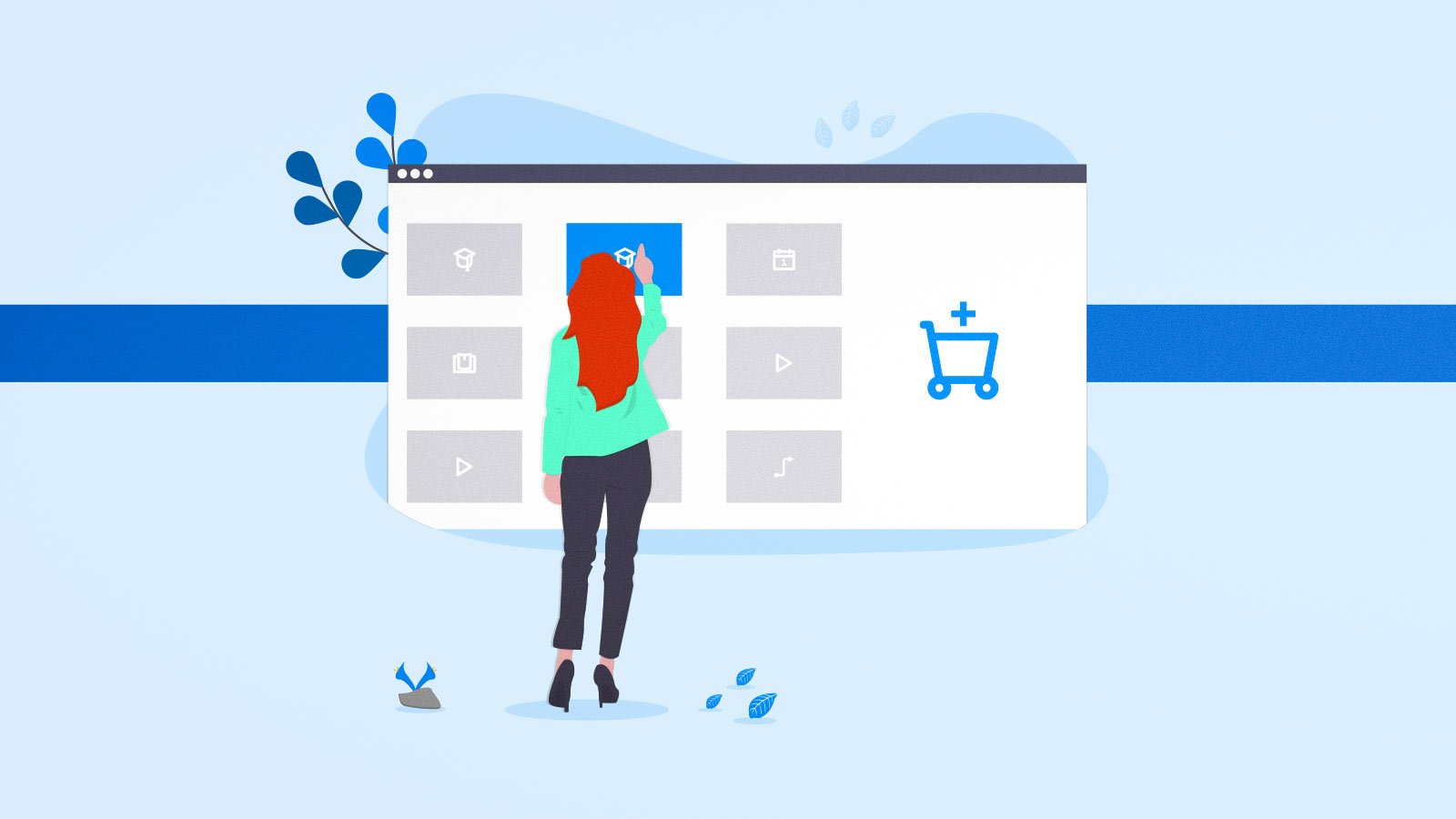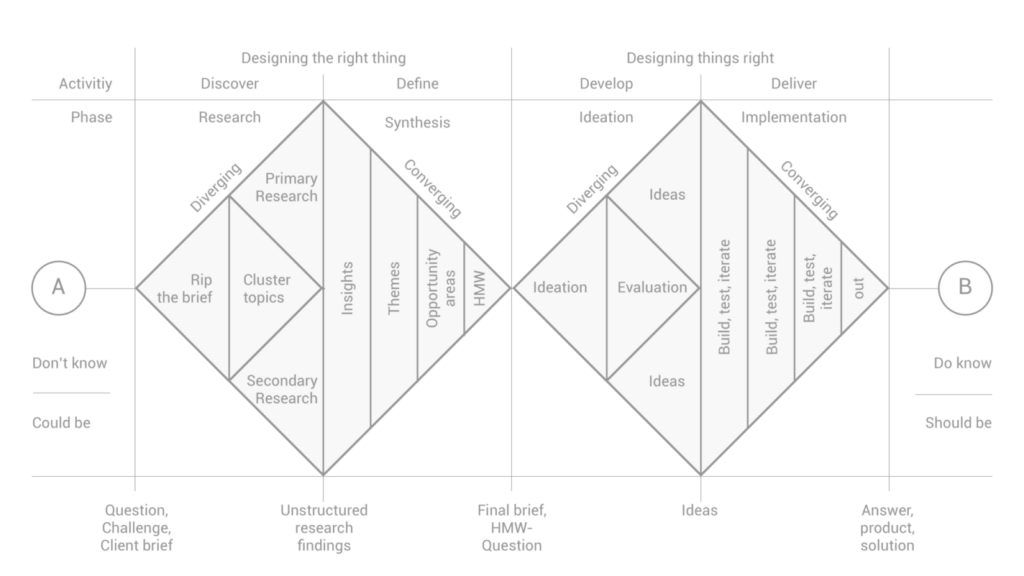Using eCommerce in your L&D strategy
Using eCommerce as a tool for digital learning experiences can enable a diverse audience to learn effectively.

eCommerce and eLearning are both relatively new services that have developed rapidly in the past 20 years. eCommerce, also known as electronic commerce or internet commerce, refers to commercial transactions that can be made online, such as online shops (B2C), online business deals (B2B), online sales between individuals (C2C), etc. The eCommerce industry has grown exponentially and although the initial explosive growth has slowed in recent months, global eCommerce sales in 2020 are expected to reach $4.2 trillion USD with over 2.1 billion shoppers, and that number is expected to grow to over $6.5 trillion in 2023. (eMarketer).
When it comes to digital learning experiences, eCommerce can be seen as a tool for your learning platform to enable learning for certain users that buy learning content. Not all companies or organizations will need eCommerce as a feature, however, it does open up very interesting possibilities.
During the past few years, many of our customers have mentioned eCommerce as a need or requirement, and as a result we began developing eCommerce in the Valamis learning platform. First, we considered our options, to either use a third-party eCommerce service or to develop our own. We decided to develop our own in-house to be able to give our learners an integrated, natural experience, and the flexibility to tackle the specific needs of our customer.
Use cases for eCommerce
Our customers showed us several use cases with a variety of requirements that eCommerce can be useful in different ways for learning platforms. After collecting information from our customers, we also did some benchmarking of our own and concluded that the four main use cases for eCommerce are as follows:
1. To sell or promote digital learning content to customers, partners, external users or students of a learning platform
Example 1: Acme offers training to large corporations globally. Their business works so that they form partnerships with their customers and then offer the training exclusively to their partners. It is a high-class training business by the best, for the best. Their customers can purchase different kinds of learning products, from smaller packages to entire learning programs. They can also offer content from their past conferences or important presentations on their learning products.
Example 2: Acme offers SEO training online for anyone interested. They have localized their products and their main markets are in the USA and Sweden. Anyone can purchase their learning products by using a credit card. They also offer memberships, where their customers can buy longer-term training and sparring.
2. To sell or promote training events and certificates to customers, partners, external users or students of a learning platform
Example: Part of Acme’s business is training their re-sellers so that they can maximise their profit. They offer their re-sellers online-training in the learning platform. Another important part of their training includes live events. They use their learning platform for selling tickets to onsite conferences and events. The learning platform makes it possible to share learning material and to engage in discussions online before and after the event, which could even help promote other similar events to participants in the future. Acme also uses the learning platform to remind their customers when to renew their certificates and attend new trainings. Being able to have training events, conferences or presentations available online and available for purchase, through the same platform, makes the experience better for the end-user.
3. To sell or promote a company’s knowledge or skills
Example: Acme does not sell digital learning for its main business, but as a tool to promote their image. They do this by having one or a few products available for purchase that showcase their expertise or thought leadership – this can be a course, or it can be access to an upcoming conference or a recording of a previous conference. By keeping the content minimal and exclusive, it is rather a display of what a company is about and supports their actual business.
Designed to answer customer needs
After going through the use cases and requirements that we received from our existing customers, we created a concept of what would be needed, how it would function, and how it would look in Valamis. Our double diamond approach helped to see the big picture and know where we want to go to ensure a solid first release.

Image: Medium
When we were deciding on the features for eCommerce, we started analyzing and designing features that were needed for all customers. The list included: pricing of learning items, discounts, a shopping cart page, a payment process and order history. But since we have customers with different business types in different industries, it was inevitable that we would run into some different eCommerce needs as well. For example, there were different types of discounts and payment methods needed in different instances. In some cases we needed to choose which features were vital for the first release and then create a plan to add other features in the future releases. Additionally, the eCommerce team discussed technical implementations and the steps that would be needed to start development. After months of development, we successfully released eCommerce into the Valamis Learning Experience Platform.
eCommerce in Valamis
Our eCommerce includes being able to:
- Set prices for items
- Add discounts
- Integrate with payment gateway providers
- Pay by credit card or by invoicing
- See order history and order details
- Promote certain eCommerce learning items
- Recommend eCommerce learning items based on their interests and user profile
- Add items to wishlist to buy later
How does it work? Have a look at our video:
The future of eCommerce
In the world of eCommerce, according to Ecommerce Platforms, this year’s focus will be on personalization and customer engagement, as well as AI, and chatbots. In the coming years, eCommerce continues to develop new functionalities such as mobile commerce, direct B2C and private-label selling, eCommerce automation, purchasing with voice recognition, and the advancement of Artificial Intelligence (Shopify, Beeketing). For example machine learning can be used to predict buying behaviour and prevent bias, or Hindsight Experience Replay to learn from previous mistakes. This will help to improve learner experiences even more.
In addition to following trends and keeping our platform up-to-date with the latest technologies, we are working on extending our eCommerce options in the near future. We are making it possible to add multiple currencies for one learning item, as well as adding the option to buy vouchers for learning. These developments were inspired by our customer needs, which is always the foundation of the roadmap at Valamis.
Sources:




